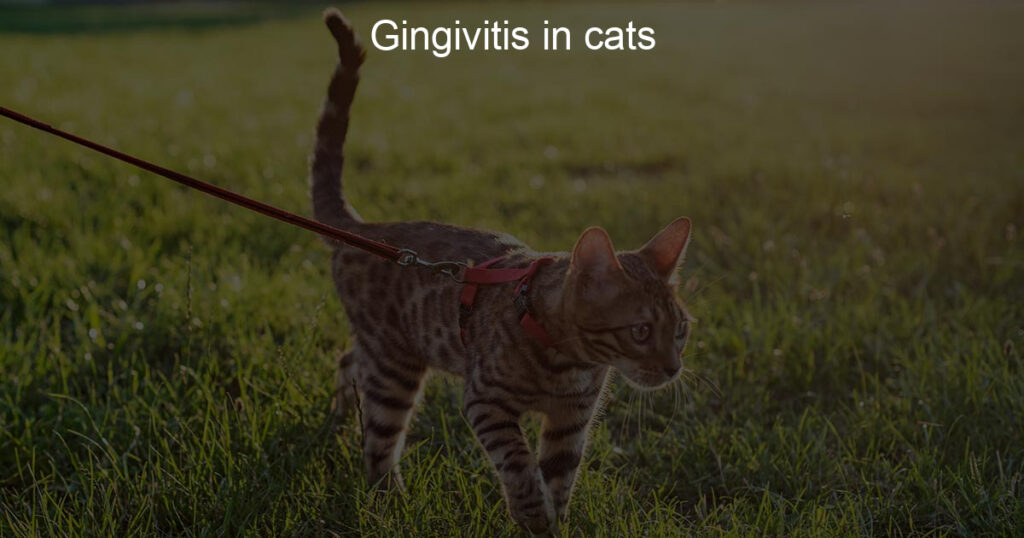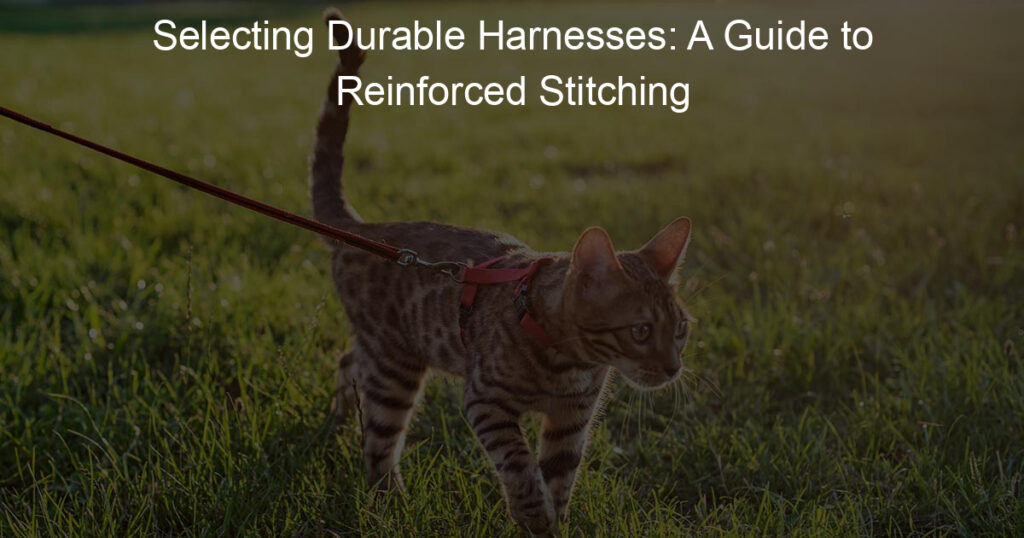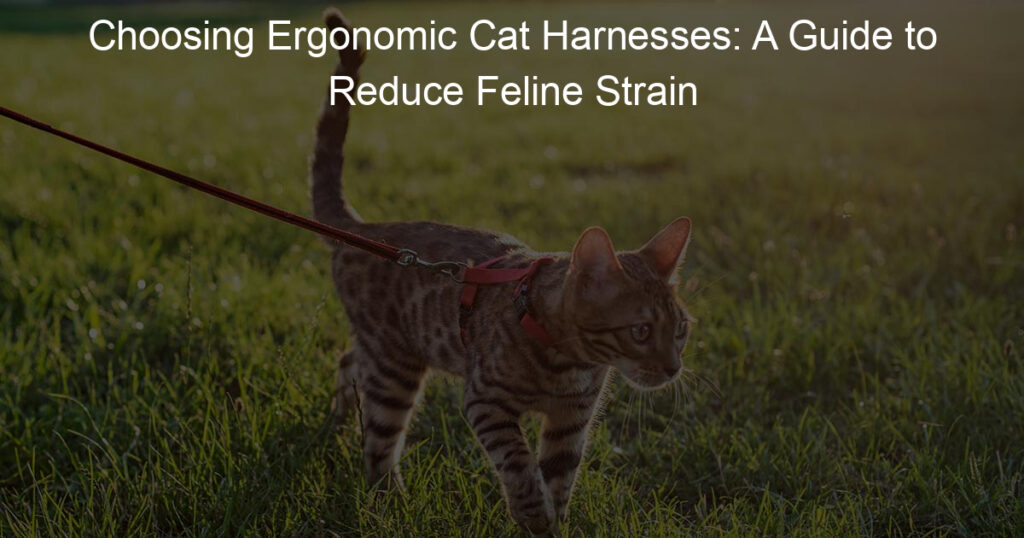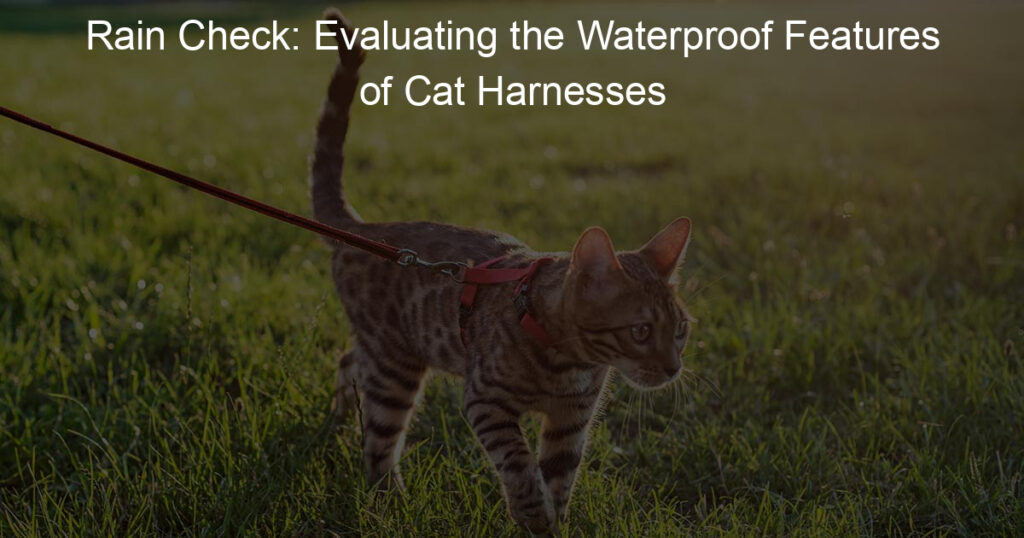If you’re a pet owner, especially of a cat, you know how important it is to keep an eye on their health—and dental hygiene isn’t excluded from that! Gingivitis in cats can turn into something more serious unless it’s caught early and managed correctly.
In this post, we’re going to cover everything from why gingivitis occurs in cats and its symptoms, to best practices for diagnosis and treatment options to make sure your kitty stays happy, healthy, and smiling with those sharp little teeth.
How do you treat gingivitis in cats?
If you think your beloved feline may be developing gingivitis, it’s best to take them to the vet right away. This is because early treatment is essential in preventing further issues – and cats are notorious for hiding their pain! Once a diagnosis is made, the vet may scrape plaque off the cat’s teeth or even prescribe antibiotics depending on the severity.
Additionally, many pet owners are advised to begin brushing their cat’s teeth regularly to maintain oral hygiene and prevent further dental diseases. If it seems like too daunting of a task, there are special enzymatic toothpaste that can help keep plaque buildup at bay. In any case, always make sure to consult your veterinarian to determine an individualized plan for your pet’s needs!
How can I treat my cat’s gingivitis at home?
If your cat has gingivitis, don’t worry – there are things you can do to help your furry friend right at home. The most important are regular dental checkups and at-home cleaning of your cat’s teeth. In between vet visits, you can use a toothbrush specially made for cats – they have shorter bristles so they don’t irritate the gums when brushing.
Plus, they come in yummy flavors like salmon and malt to make brushing their teeth more fun! You can also provide treatment options that help to keep your cat’s teeth clean like dental kibble or treats specifically designed to control plaque. Remember, early detection of a problem is key, so keep an eye out for any signs of gingivitis and if you’re ever concerned, be sure to take your pet to the vet for a professional assessment.
How do you know your cat has gingivitis?
Gingivitis is one of the most common diseases that can affect cats of all ages. If your cat’s bright pink gums turn a deep red, or if you notice a sudden increase in their bad breath, it may be an indication that they are suffering from gingivitis. Look out for bleeding during brushing, any discoloration in the teeth, and if your furry friend seems to have lost their appetite or appears more lethargic than normal.
Remember to take them to the vet right away if you think they may have gingivitis, as an early diagnosis can help keep your pet happy and healthy!
Does wet cat food cause gingivitis?
When it comes to caring for our beloved cats, dental health is something that shouldn’t be overlooked. Unfortunately, gingivitis is one of the most common diseases among cats. One possible cause of this is wet cat food. Wet cat food often contains high levels of carbohydrates and starches, which are broken down by the plaque on a cat’s teeth into acids that then attack and damage the gums.
If left untreated, these acids can erode tooth enamel and lead to gum disease and bacterial infections in your pet’s mouth. To combat this, it is important to discuss preventative measures with your vet – such as regular brushing and special dental diets – to make sure that your kitty stays healthy and happy!
What action to take about the Gingivitis in your cat?
It can be frightening when your beloved cat begins to show signs of gingivitis, but it’s not the end of the world. Regular brushing, regular vet visits, and proper oral care can help keep your pet in pristine condition. Of course, sometimes gingivitis is caused by underlying medical issues, so if you suspect that might be happening, contact your veterinarian immediately.
Otherwise, take proactive steps to ensure your furry companion doesn’t suffer too much pain by practicing preventive dental hygiene. Many cats enjoy good teeth brushing as a bonus. So what are you waiting for? Get started today on ensuring gingivitis won’t be a problem in your household!












